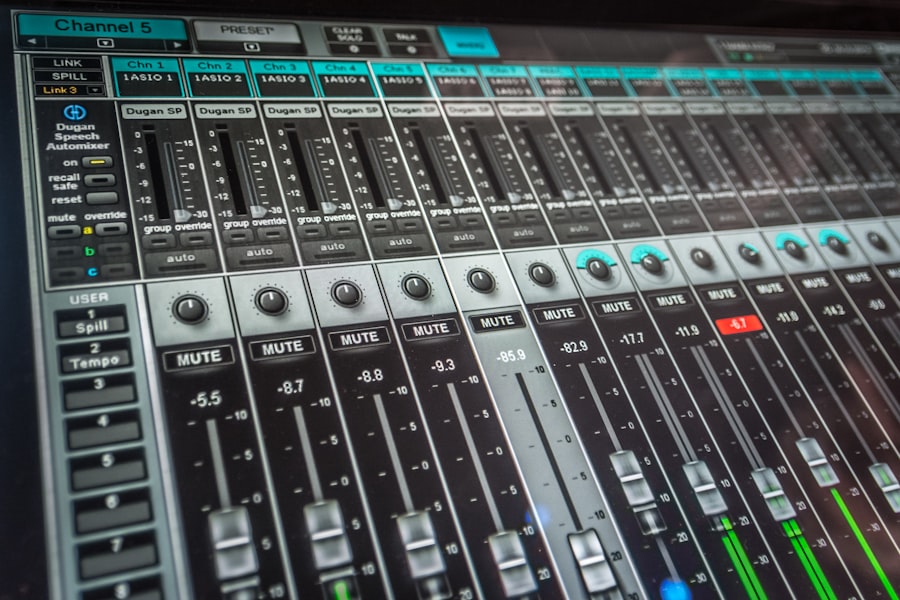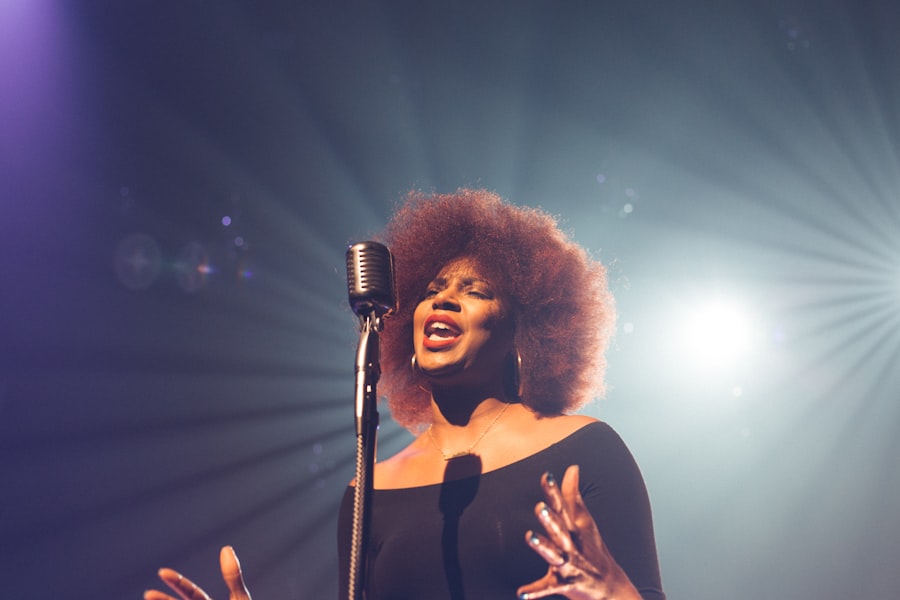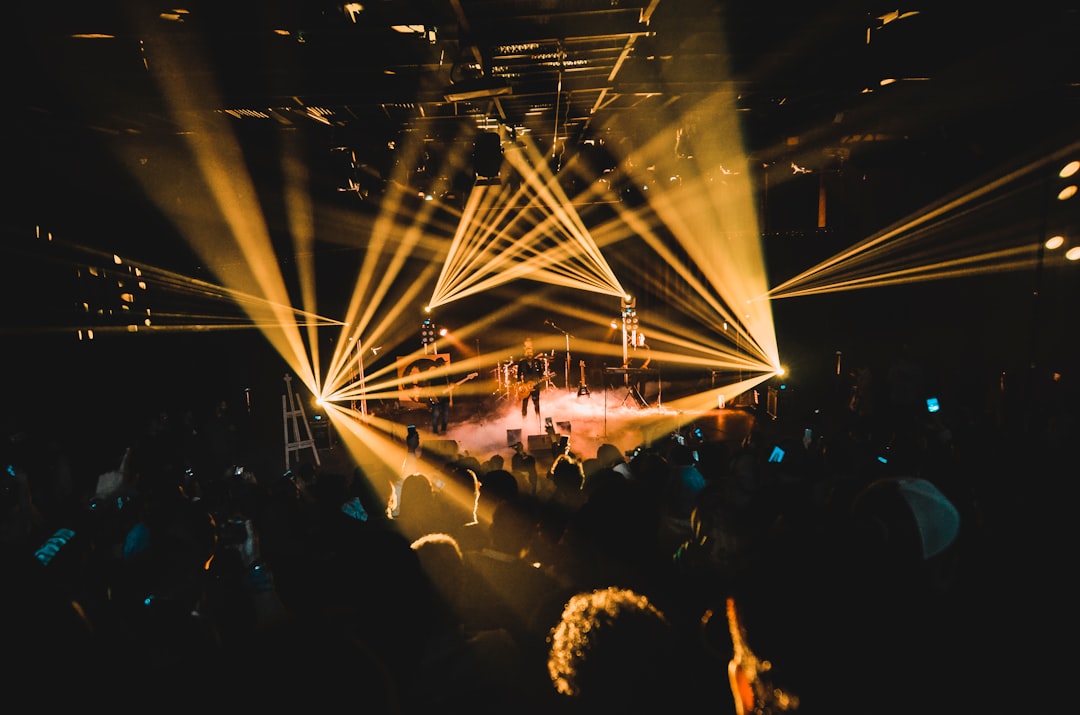When you think of Godzilla, the first thing that often comes to mind is that iconic roar. This sound has become synonymous with the King of the Monsters, a defining characteristic that has evolved alongside the character since his debut in 1954. The original roar was crafted by sound designer Akira Ifukube, who ingeniously combined various elements to create a sound that was both terrifying and awe-inspiring.
By rubbing a resin-coated glove along the strings of a double bass, Ifukube produced a low-frequency growl that resonated with audiences and set the tone for what Godzilla would represent in Japanese cinema. As you delve deeper into the history of Godzilla’s roar, you realize that it is not just a sound; it is a cultural phenomenon. Over the decades, the roar has been reinterpreted and reimagined, reflecting changes in technology and audience expectations.
Each new film brought with it a fresh take on the sound, yet the essence remained intact. The roar has become a symbol of destruction and power, encapsulating the fear and fascination that Godzilla evokes. This evolution mirrors the character’s journey from a metaphor for nuclear devastation to a more complex figure embodying both destruction and protection.
Key Takeaways
- Godzilla’s iconic roar has evolved over the years, starting with the original 1954 film.
- Sound design in Godzilla films has advanced alongside technology, enhancing the impact of the monster’s roar.
- The roar of Godzilla plays a crucial role in creating a lasting impression on audiences.
- Creating Godzilla’s roar involves a combination of animal sounds, musical instruments, and electronic manipulation.
- Godzilla’s roar has a psychological impact on audiences, evoking fear and excitement.
The Evolution of Sound Design in Godzilla Films
Sound design in Godzilla films has undergone significant transformation since the franchise’s inception. Initially, the focus was on creating a visceral experience that would resonate with audiences. As technology advanced, so did the methods used to produce Godzilla’s roar and other sound effects.
In the early films, sound was often created using practical effects, but as digital technology emerged, sound designers began to explore new avenues for enhancing the auditory experience. You can see this evolution clearly in the transition from analog to digital sound design. The introduction of digital audio workstations allowed sound designers to manipulate sounds in ways that were previously unimaginable.
This shift not only improved the quality of Godzilla’s roar but also expanded the range of sounds that could be incorporated into the films. The result is a richer auditory landscape that complements the visual spectacle of Godzilla’s rampages, making each roar feel more impactful and immersive.
The Importance of Sound Design in Creating a Memorable Roar

Sound design plays a crucial role in crafting a memorable roar for Godzilla. It is not merely about volume or pitch; it is about evoking emotion and creating an atmosphere that resonates with viewers. A well-designed roar can instill fear, awe, or even nostalgia, depending on how it is presented.
This emotional connection is what makes Godzilla’s roar so unforgettable; it transcends mere sound and becomes an integral part of the character’s identity. When you hear Godzilla’s roar, it is not just a noise; it is a signal of impending chaos. The sound design team meticulously considers every aspect of the roar, from its tonal quality to its timing within the film.
This attention to detail ensures that each roar serves a purpose, whether it is to announce Godzilla’s arrival or to signify a moment of triumph. The roar becomes a narrative device, enhancing the storytelling and deepening your engagement with the film.
The Technical Aspects of Creating Godzilla’s Roar
| Aspect | Details |
|---|---|
| Sound Frequency | Approximately 10,000 hertz |
| Sound Source | Originally created using a resin-covered glove rubbed against a double bass string |
| Layering | Multiple animal sounds and mechanical noises were layered to create the final roar |
| Duration | Varies, but typically around 7 seconds |
| Impact | Iconic and recognizable, contributing to Godzilla’s character |
Creating Godzilla’s roar involves a complex interplay of various technical elements. Sound designers utilize a combination of field recordings, synthesized sounds, and manipulated audio samples to achieve the desired effect. You might be surprised to learn that some of the most iconic sounds are derived from everyday objects or animals, transformed through creative manipulation.
For instance, Ifukube’s original technique involved using a double bass, but modern sound designers have expanded this approach to include everything from animal vocalizations to industrial noises. The process also requires an understanding of acoustics and how sound travels in different environments. The roar must be designed to resonate within the context of each film’s setting, whether it be an urban landscape or a remote island.
This attention to detail ensures that when you hear Godzilla’s roar, it feels authentic and powerful, as if it is echoing through your own surroundings. The technical aspects of sound design are not just about creating noise; they are about crafting an experience that immerses you in the world of Godzilla.
The Psychological Impact of Godzilla’s Roar on Audiences
The psychological impact of Godzilla’s roar cannot be overstated. It taps into primal fears and evokes strong emotional responses from audiences. When you hear that unmistakable growl, it triggers an instinctual reaction—fear mixed with fascination.
This duality is what makes Godzilla such a compelling character; he embodies both destruction and protection, and his roar encapsulates this complexity. Research has shown that certain frequencies can elicit specific emotional responses in listeners. Sound designers are acutely aware of this phenomenon and often manipulate frequencies to enhance the psychological impact of Godzilla’s roar.
By carefully crafting the sound to resonate at particular frequencies, they can amplify feelings of dread or excitement, drawing you deeper into the narrative. This psychological layer adds depth to your viewing experience, making each encounter with Godzilla feel more intense and memorable.
The Influence of Godzilla’s Roar on Pop Culture

Godzilla’s roar has transcended its origins in film to become a significant element of pop culture. You can find references to this iconic sound in various forms of media, from video games to music and even advertising. Its unmistakable quality has made it a recognizable symbol not just of Godzilla but of monster movies as a whole.
When you hear that roar, it instantly conjures images of towering monsters and epic battles. The influence extends beyond mere imitation; it has inspired countless creators to explore their interpretations of monstrous roars in their own works. From animated series to blockbuster films, Godzilla’s roar serves as a benchmark for what a monster should sound like.
This cultural impact highlights how sound can shape perceptions and create lasting legacies within popular culture.
The Role of Sound Designers in Preserving the Authenticity of Godzilla’s Roar
Sound designers play an essential role in preserving the authenticity of Godzilla’s roar while also pushing creative boundaries. As new films are produced, these professionals are tasked with maintaining the essence of what makes Godzilla unique while also innovating for modern audiences. You might be surprised by how much research goes into this process; sound designers often study previous films and analyze what made those roars effective.
This commitment to authenticity ensures that each new iteration of Godzilla remains true to its roots while also evolving with contemporary sensibilities. Sound designers collaborate closely with directors and producers to ensure that every aspect of the roar aligns with the film’s vision. This collaborative effort is crucial for maintaining continuity within the franchise while also allowing for fresh interpretations that resonate with new generations of fans.
The Future of Sound Design in Godzilla Films
As technology continues to advance, the future of sound design in Godzilla films holds exciting possibilities. You can expect to see even more innovative techniques being employed to create immersive auditory experiences that captivate audiences. With advancements in virtual reality and spatial audio technology, sound designers will have new tools at their disposal to craft roars that envelop viewers in ways previously thought impossible.
Moreover, as global audiences become more diverse, there will be opportunities for sound designers to explore different cultural interpretations of monster roars. This could lead to unique adaptations that reflect various cultural contexts while still honoring the legacy of Godzilla’s iconic sound. The future promises not only to preserve what makes Godzilla special but also to expand its auditory universe in ways that engage and excite fans around the world.
In conclusion, Godzilla’s roar is more than just a sound; it is an integral part of cinematic history and cultural identity. From its humble beginnings to its evolution through technological advancements, every aspect contributes to its lasting impact on audiences and pop culture alike. As we look ahead, one thing remains certain: Godzilla’s roar will continue to resonate for generations to come, reminding us all of the power of sound in storytelling.
